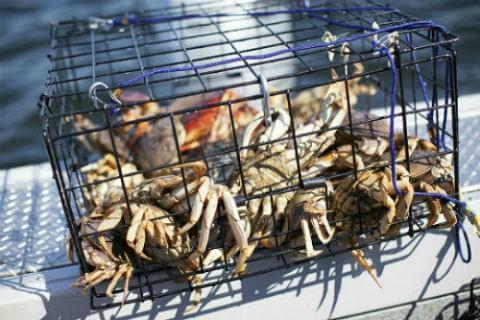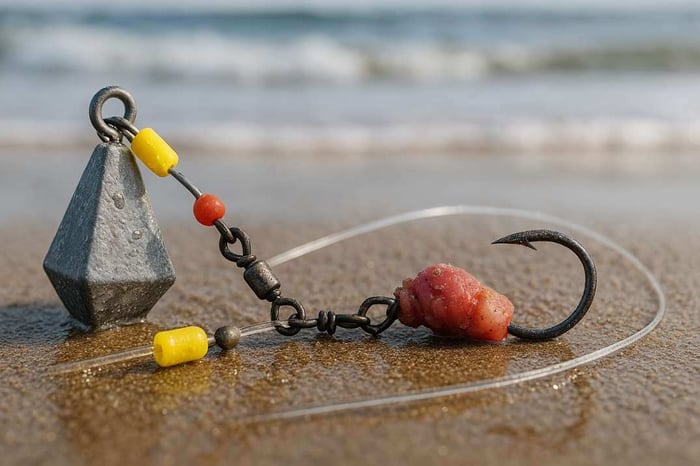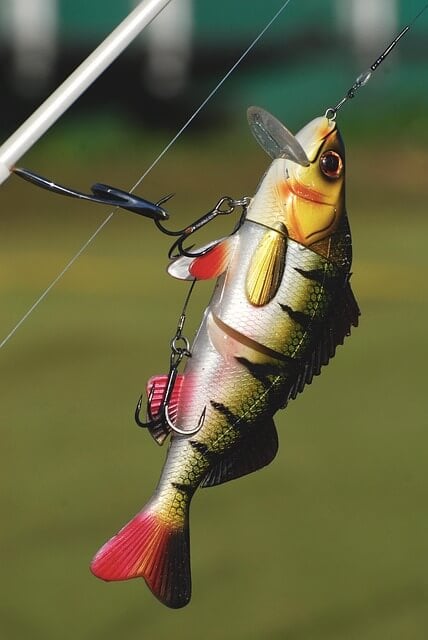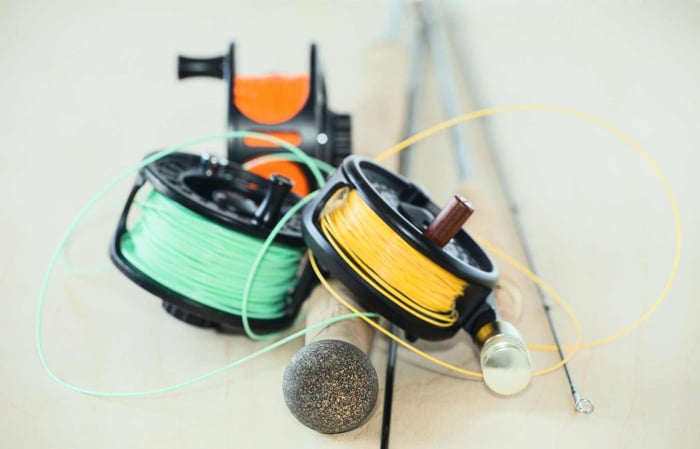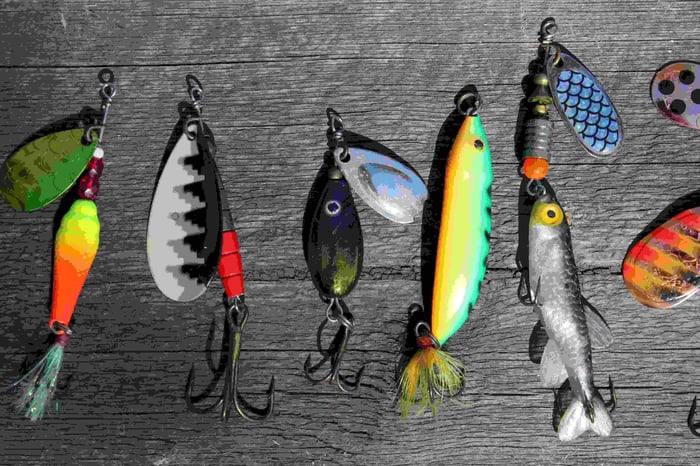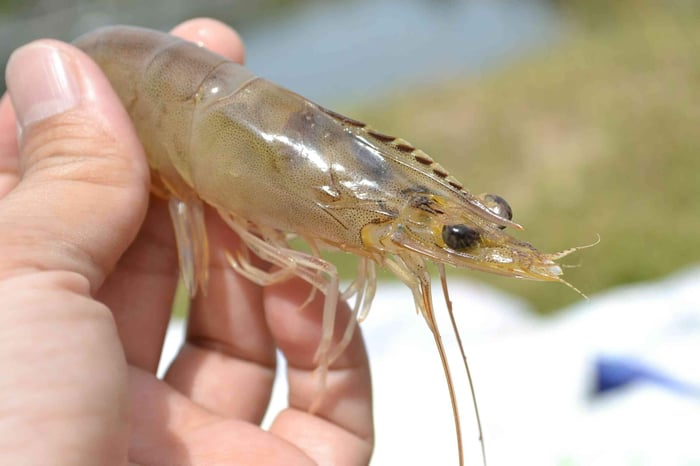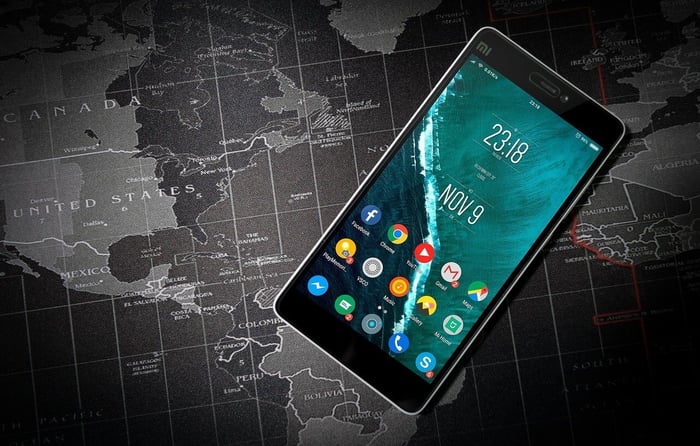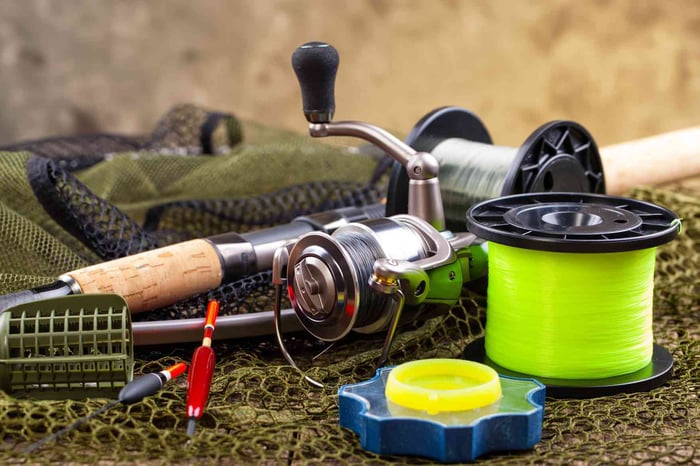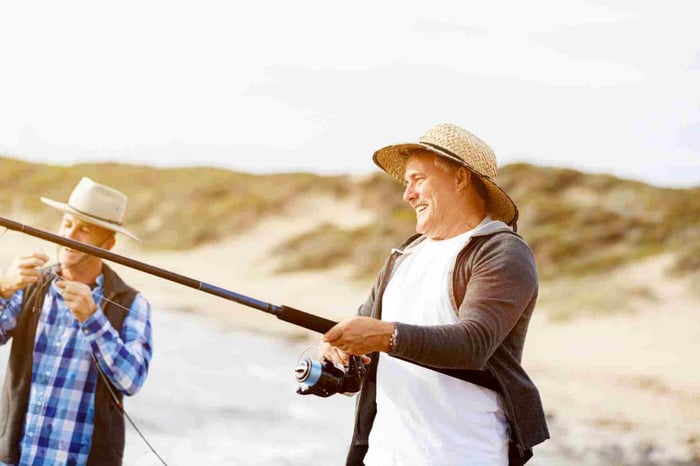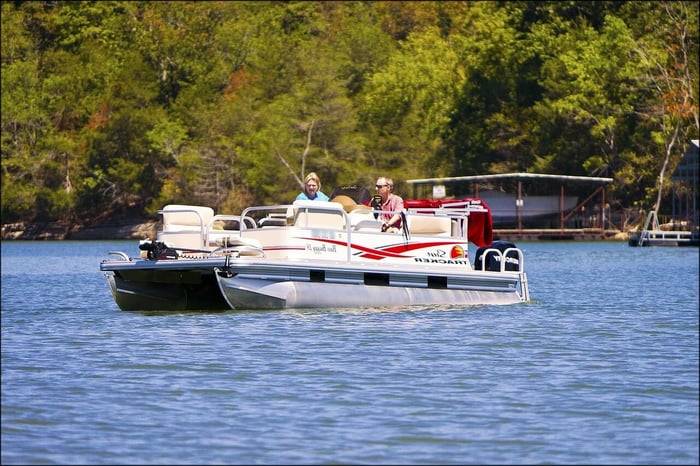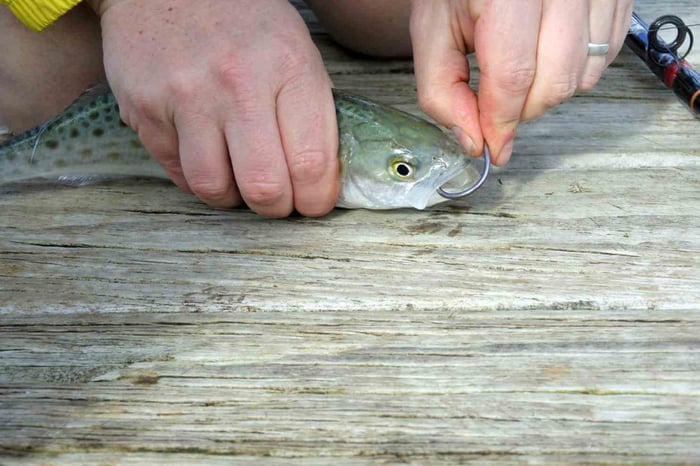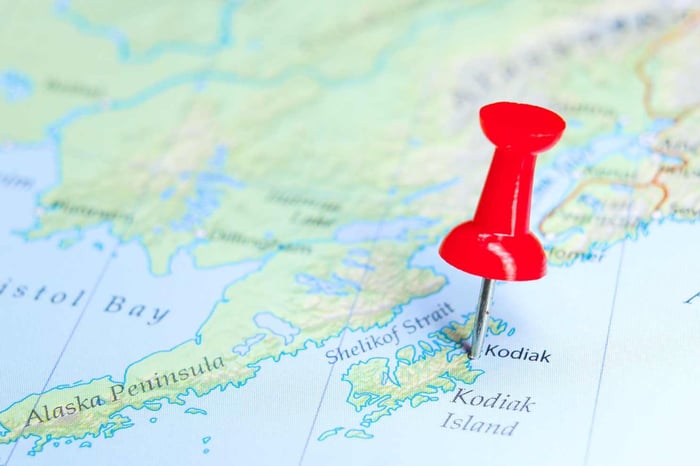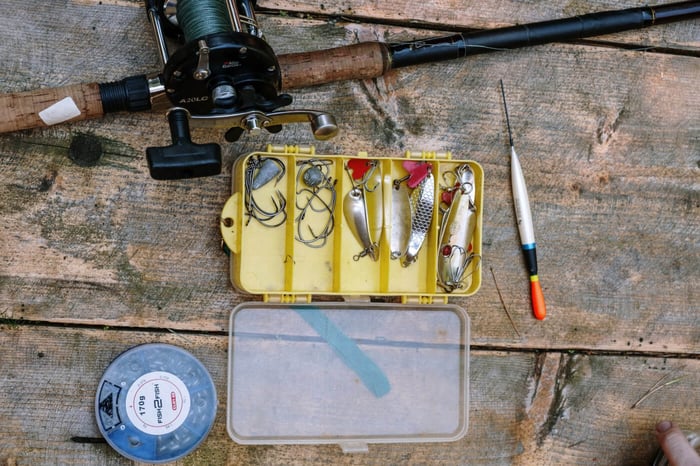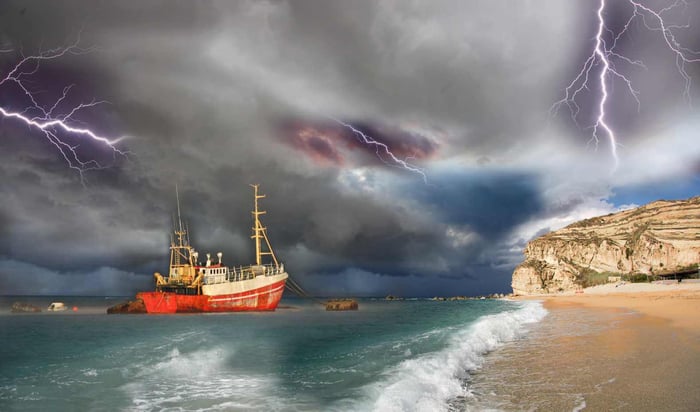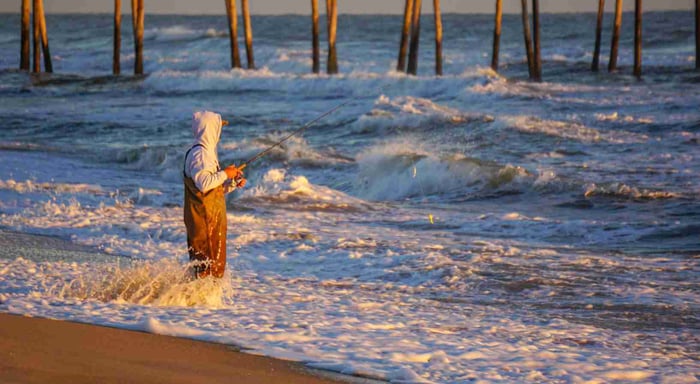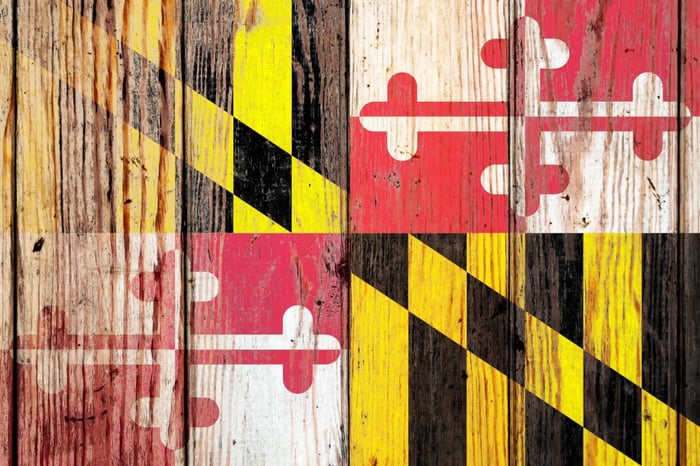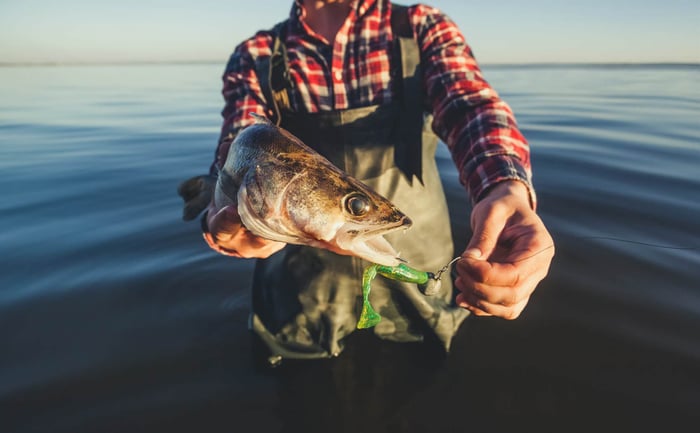Crabbing has been and is still one of the best activities for leisure time and bonding. It is being done all across the globe! All sorts of crabs are being waited upon when the right season comes. It is not only a fun and creative recreational activity but also a unique way to get a full stomach.
However, over the years, the crabs have become more adaptive to the annual purge in their community. In a sense, they have become more innovative and developed strategies to avoid being killed and buttered. It is as if they have now anticipated what will happen during the crabbing season and found ways to outsmart humans.
The crabs have increased the game's difficulty. Unfortunately, we might have the tips and hacks on how to let them lose their own game.
WHAT IS CRABBING?
Before we analyze our game plan, let us first determine what we are dealing with. Let us broaden our knowledge and understand the nature of crabs and the practice of crabbing.
Globally, crabbing has been considered a commercial business. As well as a recreational activity for family and friends. In a simple equation, crabbing is a method of catching these crustaceans and then consuming them.
As simple as it may seem and sound, specific precautionary values need to be considered. You cannot go crabbing anytime or anywhere you want. Some particular rules and regulations can put you behind bars if you do not abide by them.
Rules and Regulations About Crabbing

Wherever you may be, one of the first things you must always check is the legality of what you are about to do. Is it legal to go crabbing in your area? Check the laws in your locality to determine if it is safe to go crabbing. This is a vital initial step, as each city, state, or country has its own laws regarding certain issues, particularly those related to catching crustaceans in your area.
What is the Scope of the Law About Crab Catching?
The law specifies the types of gender you are allowed to catch. Some places allow both male and female crabs. In contrast, others may only permit either the male crab or the female crab.
Another of which is the number of crabs you are allowed to catch and keep. Laws in different places usually indicate a specific number that is only given for the catchers to follow. Do not be reckless, as some areas are particularly rigorous in enforcing these rules. You might think that no authority is available to check and count how many crabs you caught. Think again and be careful, because you might be counting the hours you will spend on community service.
Next, the crab's size also has its limitations. There is a specific weight limit for each crab that determines whether you can keep them or not. This, again, depends on your location.
Lastly, the number and design of the traps you are going to use are also factors that can be penalized.
Follow These Rules!
It is essential to always abide by your locality’s rules. Regardless of how irrational you may think it is, it still does not excuse you from following them. No matter how silly they may sound, it is always best to follow the rules and regulations if you want to stay legal and avoid any unnecessary consequences. Besides, the rules and regulations will not hinder you from catching a sufficient amount of crabs. If you are technical and skilled when it comes to grabbing, you can guarantee yourself a bucket full of meaty crabs.
DIFFERENT TYPES OF CRABS
To catch some crabs, you need to think like a crab. However, which crab? There are many variations of crabs. They embody different characteristics and qualities. However, some crab species are deadly and poisonous. In short, not safe to put on a plate. So, what are the types of crabs that are safe for consumption? Let us get to know them.
1. Red Frog Crab

The Red Frog Crab is also known as the Spanner Crab. It can weigh up to 900 grams and grow up to 15 cm.
2. Bairdi Crab

The Bairdi Crab is commonly known as the Tanner Crab. This crab species has greater longevity than other crab species. Amazingly, it can live for up to a decade. During its lifespan, it can weigh up to 1.8 kg.
3. European Spider Crab

The European Spider Crab is commonly referred to as the Spiny Spider Crab or Poisonous Spider Crab. This particular crab species is the best seller in commercial businesses. They are also recognized for their ability to migrate long distances. The Spiny Spider Crab can travel up to 160 km in a short span of only eight months. It has odd features and is commonly found crawling in the Atlantic and Mediterranean Oceans.
4. Japanese Spider Crab

The Japanese Spider Crab needs no more nicknames. Since it can be easily recognized and remembered by one unique characteristic: its captivating, long legs, which can extend up to 3.8 meters. Not only that, it can even weigh as much as 19 kilograms. Like the Bairdi Crab, it can live longer than any crab. Even longer than the Bairdi Crab, for it can live up to a century.
5. Atlantic Rock Crab

The Atlantic Rock Crab is also called the Cancer Irroratus. It is one of the most colorful crustaceans that inhabit the eastern coast of North America. Another fish that is commercially bought.
6. Blue Crabs

The beautiful, blue-green crabs are common along the Eastern coast of the United States. These crabs range in size from 3.5 to 5.5 inches, and can be even larger. Although they have a beautiful shade of blue, blue crabs turn reddish when cooked.
The meat on these crabs is tender and sweet, which is not surprising, considering that they are the heavily harvested animals on the planet. They are bottom-dwelling omnivores whose males can reach up to nine inches in the width of their shells.
7. Coconut Crabs

The Coconut Crab, also called the robber crab or the palm thief, is the largest land-living arthropod in the world. It can weigh up to nine pounds and is sixteen inches long.
These crabs, aside from delighting in coconuts, eat meat, nuts, fruits, and seeds. However, one thing that makes them unique is their inability to survive for extended periods underwater. The truth is, they will then drown if they are underwater for too long.
8. Stone Crabs

Stone crabs have literally very hard claws, and they have a lot of meat on the inside. Although only their claws are eaten by crabs, they regenerate their claws every eighteen months. Oftentimes, fishermen twist off a claw and toss the crabs back into the water, with only one claw to defend themselves.
Keep in mind that, by law, stone crabs must be boiled for seven minutes. Then they must be frozen or placed on ice to prevent the iodine taste.
9. Horseshoe Crabs

Uniquely different because of their shape, the Horseshoe crabs have existed for some 500 million years. Although their shell-to-meat ratio is relatively small, they are still edible. They are very commonly found on Florida beaches, and they have a spike-like tail that many people consider dangerous, even though it is completely harmless.
10. Hermit Crabs

With over 1,100 species, Hermit crabs are often purchased as pets for children, as they are fun to play with and very small.
They have gastropod shells that hide their soft abdomen as they grow larger. Without these shells, they are vulnerable to predators' attacks. Also, they are very social and live in colonies that are large.
The list can go on and on if I may add more. However, that would take us days to cover. So, I will leave that as your assignment. I will now bring you to the primary focus of this article, which is the tips and ways on how to go crabbing effectively.
HOW DO YOU CATCH CRABS RIGHT?
First things first, if we want to catch some crabs, we need the right gear. Of course, because we would not want to be bitten by those claws of the crabs. So, here are some essential tips to remember when it comes to preparing your crab traps.
Preparing Your Crab Traps

If there is one thing that you should never miss out on when you go hunt for some crabs, that would be your Crab Traps. Furthermore, to have a successful crabbing adventure, you need a crab trap that is effective and can guarantee multiple catches.
One of the best and well-used crab traps is the Topless Crab Trap. If you need a crab trap that works well and can keep up with your demands, this is the equipment to use. There are multiple reasons why topless crab traps work best.
- It is convenient to carry and store on the boat. It is lightweight and relatively easy to transfer from one place to another. You will not have a hard time transporting the topless crab trap on and off the boat. Not to mention that it is fairly easy to clean.
- It doesn't give you a hard time taking the crabs out of the trap. While the conventional box trap can guarantee multiple catches, it is hard to take the crabs out of the box trap at the end of the catch.
- Executes a secure closing technique to keep the crabs inside the trap. It automatically closes tight when you pull the line up the surface. Most importantly, as you pull the topless crab trap up, the momentum you exert keeps the crab stuck at the base of the crab trap.
Now that we have our crab trap settled. Let us now figure out the best bait to use to lure in those hungry and meaty crabs.
Effective Crab Bait

If we think of it, deciding what bait to use is not a debatable topic. Since most crabs are scavengers and would eat almost anything, when hungry, there is a long list of bait to catch some crabs. Each one has their own experience catching crabs and can share lessons learned with bait. It can be fish, eels, a bull’s lips, and many more. But two baits have been proven and tested to attract the most crabs at any time and anywhere. These are:
Razor Clams and Chicken Necks.
One important thing to remember about your crab baits is that they should always be presented freshly. Although crabs hunt their meals using more of their sense of smell rather than their sense of sight. So, it is always recommended to ensure a fresher bait at all costs. They are not only crabs, but they are hungry crabs. Just like people, the better it smells, the better it tastes to our stomachs.
Tips on How to Ensure a Perfect Bait
- Whenever possible, avoid preparing or purchasing bait that has been frozen for an extended period.
- Personally, it is best to buy your bait —chicken necks— at a chicken farm rather than at the market. As for the razor clams, the fresh seafood market is fine.
- Do not buy your baits days or weeks in advance of your crabbing adventure. If you want your baits to stay fresh until they reach the water, it is best to buy them a day in advance. If possible, you can pass by the farm or market to get your bait before you head to your destination.
- Change your bait in the trap as soon as you notice discoloration and other differences from its original appearance.
We are almost there. Now that you have your crab trap and crab bait ready, all that is left is to learn the techniques to catch your crabs.
Techniques for Catching Crabs Right

The first thing you need to do is identify the kind of crab you are to catch. Next, it would be an advantage if you did some basic research about the crab. Most importantly, the season when it is dominantly out in the waters. You don't want to waste time setting up your traps, buying bait, and catching nothing.
Second, know where you should be for a crabbing adventure. In line with this, if you are not yet aware of the best places to go crabbing, ask the locals around your place. Do not just impulsively choose a random destination and expect to spot crabs there. To save you time and effort, determine the perfect place to catch crabs.
Third, prepare your crab traps and crab baits the night before the big day. You can either place the baits inside the traps the night before you go, or have someone accompany you and place them as you go to your destination. Also, when you drop your crab traps in the water, always keep an acceptable amount of space (around 4-5 ft will do) between traps. Afterward, sit back and wait for a good few minutes before picking up the traps.
THE TRICK!
Lastly, everyone has their style and magic when it comes to their crabbing strategy. However, this technique has been widely used and proven to be effective. It is called the “Pick, dump, drop.” After waiting for a few minutes, the next step is to follow this routine in a domino effect.
- Starting with the first trap you dropped, pick it up and see if there are crabs inside. If there aren't, drop the trap back into the water and move to the second trap, and so on. However, if it contains smaller crabs that are not ideal for keeping, drop it back down still. But, if it includes what you are looking for, dump the crabs and drop them back.
It seems that you are all set to go about your crabbing adventure!
